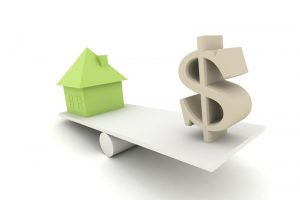If you are thinking of installing a high-efficiency heating or cooling system in your Salt Lake City home, there are many things to consider before doing this. At Design Comfort, we can help you by looking at other potential home improvements that could be made before you upgrade. And there are many reasons to do this.
First, take a look at some of these improvements:
- Adding Insulation
- Sealing Air Ducts
- Air Balancing
- Adding a Better Ventilation System
Making these improvements along with upgrading your home comfort system is considered the “whole home approach,” because you are taking into account all the areas in the home that could be more efficient. When you do this, you get more out of your investment because the new system will not only operate at efficient levels, but you’re also not losing energy in places that could be less expensive to upgrade.
For instance, if a homeowner adds solar panels but is losing air through improper sealing, or if there’s no moisture control in the house due to poor ventilation, then the heating and air conditioning system that works off of those panels may have to work extra hard. Then the homeowner isn’t getting full value out of those solar panels since the HVAC system is using more energy due to other issues in the home.
This is why most contractors recommend that you upgrade other areas before making expensive investments. It will also help ensure that the system will last longer and that your new heating or cooling system works in tandem with the other elements of the home.
Call Design Comfort if you would like to know more about home energy efficiency services in Salt Lake City. We would be more than happy to speak with you about our services and how we can help you save energy and money.
Continue Reading
Tags: Air Conditioning, Energy Efficiency, Heating, Salt Lake City
Posted in Energy-Efficient Heating Systems, Uncategorized | Comments Off on Why Take the “Whole-Home” Approach to Home Efficiency



